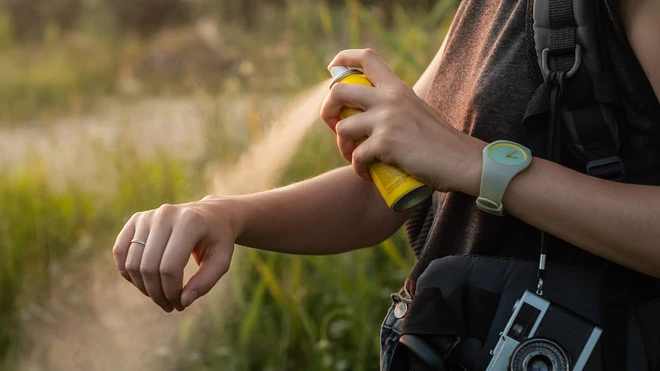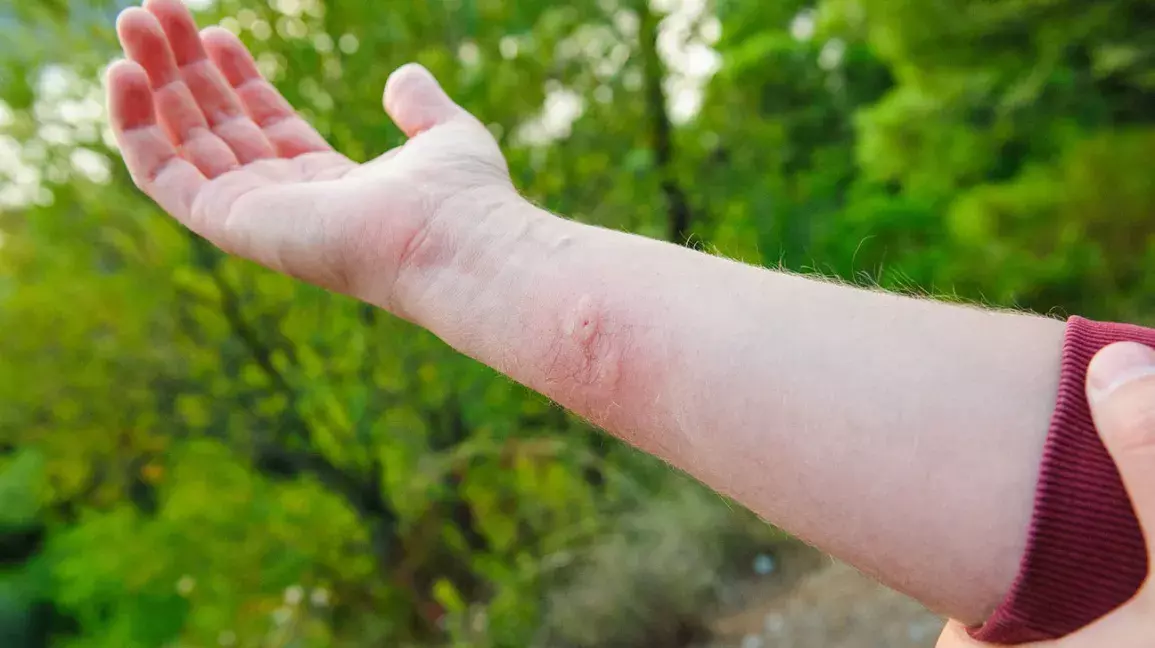Bug Bites and Stings: What to Do & What to Avoid?
If you spend time outdoors, you’re likely to experience the wrath of a venomous insect sooner or later. Bug bites and stings can be painful and itchy, but they usually go away independently after a few days. However, such bites and stings can cause more serious problems in rare cases. If you notice redness, pain, or swelling around the site of the bite or sting, these are signs that you could have an allergic reaction.
If any part of your body feels different from usual or has any of these symptoms after being bitten or stung by an insect, see your doctor as soon as possible. Read on to learn more about recognizing and avoiding bug bites and stings, so they don’t become something to worry about.
What are the Common Types of Bug Bites and Stings?
Most bites and stings occur when you come into contact with an insect’s saliva, venom, or stinging hairs. These are the most common bites and stings you’ll likely experience while enjoying the great outdoors.
1. Bites
Biting insects pierce the skin with their mouth, sucking up your blood, which can lead to itching. Bites tend to look like red spots or small sores and can range in severity depending on the type of insect that bit you.
2. Stings
Stinging insects, such as bees and wasps, use their stingers to inject you with venom. The sting itself is usually painless. However, venom can cause an allergic reaction in some people.
3. Other Bites and Stings
Other types of bites and stings include the bites of spiders, tick bites, and flea and bedbug bites. These bites and stings can be very serious and require immediate medical attention.
Watch Out for these Other Common Bug Bites and Stings
1.Ticks
Ticks often latch on to people who have been hiking, camping, or spending time outdoors. These pests are known to carry infections that can be harmful to humans. If you notice a tick on your body, removing it as soon as possible is important before it can transmit any diseases. You can do this yourself with the right tools or have a doctor remove it for you.
2. Spider Bites
Spiders often lurk in places like homes and backyards, so they’re more likely to come into contact with people who don’t spend much time outdoors. There are several different kinds of spiders in the U.S. that are known to bite humans. These bites are usually painful but rarely cause serious problems. If you’re bitten by a spider and notice an infection, you might want to see a doctor.
3. Fleas and Bedbugs
Fleas and bedbugs are pests often found in homes and hotels. These tiny bugs can cause itchy bites, and, in the case of bedbugs, they leave behind a reddish-brown stain when they bite. It could be a sign of bedbugs if you notice a reddish stain on your skin, especially near a joint.
Tips to Avoid Insect Bites and Stings
1. Wearing Insect Repellent

When you’re outside, you can minimize the likelihood of being bitten or stung by insects by wearing long-sleeved shirts and pants, staying indoors when possible, and using insect repellent. Always follow the directions on the repellent container before applying it to your skin.
2. Hiding Out in Residences

If you know you’re likely to be bitten or stung by insects, such as if you’re attending an outdoor event, you can minimize your risk by staying indoors.
3. Covering Up

You can also cover up to reduce the likelihood of being bitten or stung. Wear long-sleeved shirts and pants, tuck your pants into your socks, and wear closed-toed shoes when possible.
What to Do if You are Bitten or Stung by an Insect?
- Treat the Area: When you’re bitten or stung by an insect, you’ll likely want to treat the area as soon as possible. Remove any stingers with tweezers if you were stung by a bee or wasp. Use warm water and soap to wash the area if an insect bites you.
- Keep the Area Clean: Wash the area thoroughly with soap and water daily to prevent infection. If the bite or sting becomes red or swollen, or if you notice any other signs of infection, such as warmth, redness or pain, you should see a doctor immediately.
- Watch for Flu-Like Symptoms: Some types of bites and stings, such as those from ticks, can transmit disease if you’re bitten or stung. If you think you’ve been bitten or stung by a tick and notice flu-like symptoms such as a fever, muscle aches, or fatigue, see a doctor as soon as possible.
Conclusion: Treatments of Bug Bites
Insect bites and stings can be painful and annoying, but they usually go away independently after a few days. In rare cases, they can cause more serious problems. You can minimize your risk of being bitten or stung by insects by wearing insect repellent, covering up, and staying indoors when possible. If you’re bitten or stung by an insect, follow these steps to treat the area.
Source –


